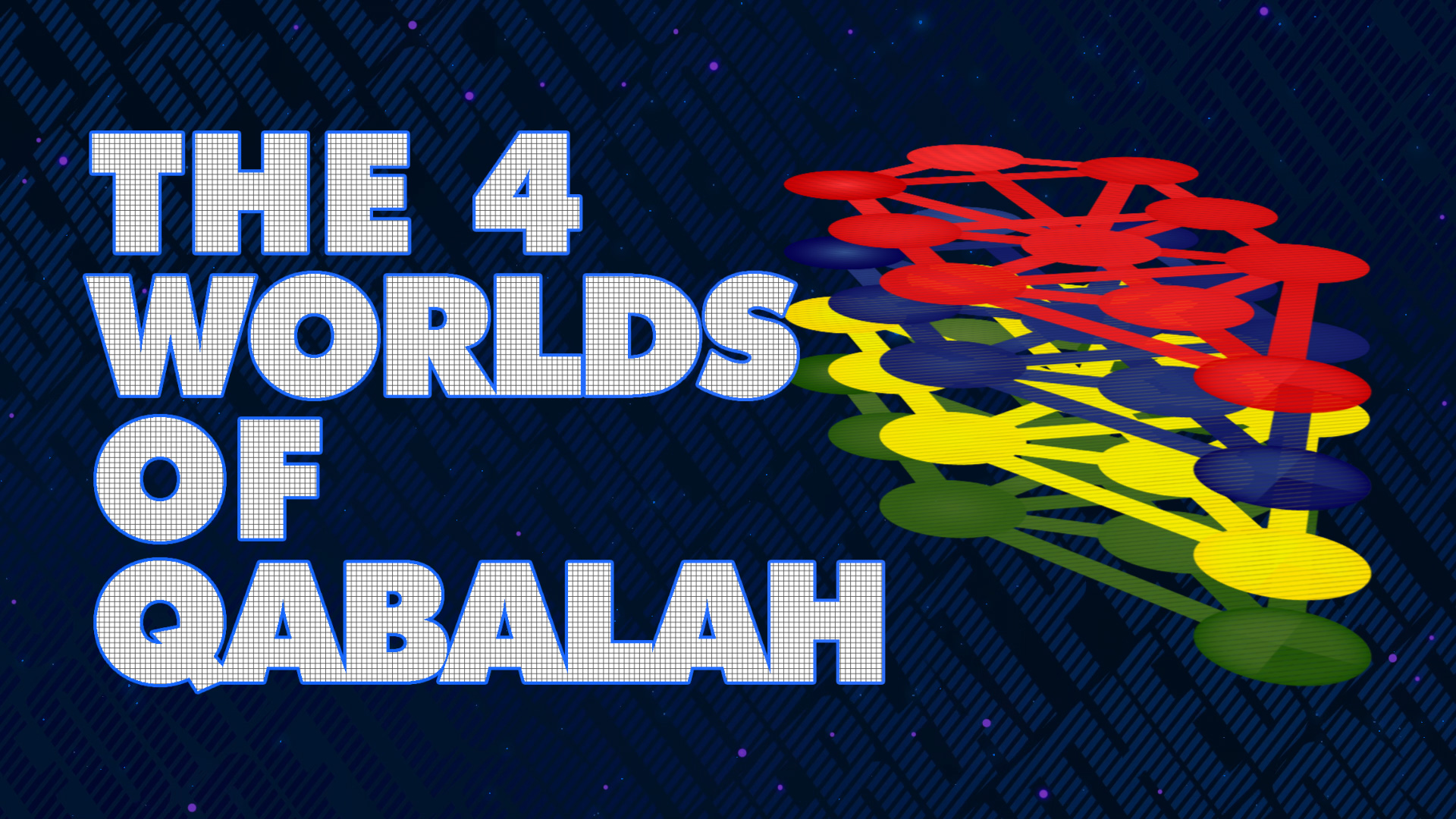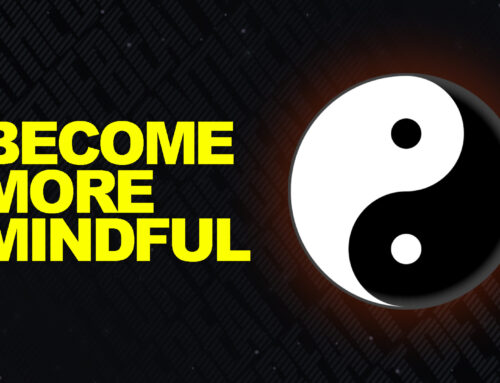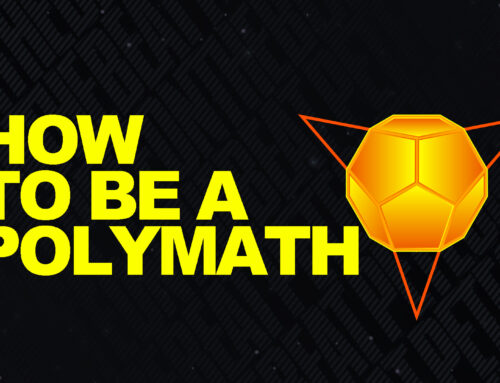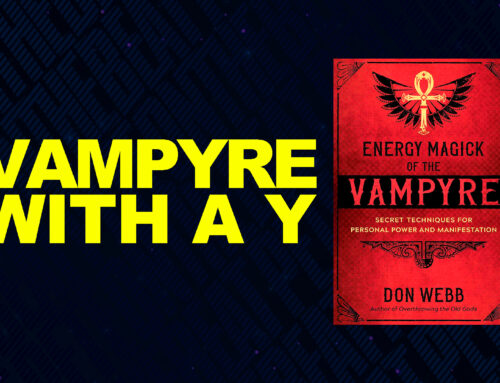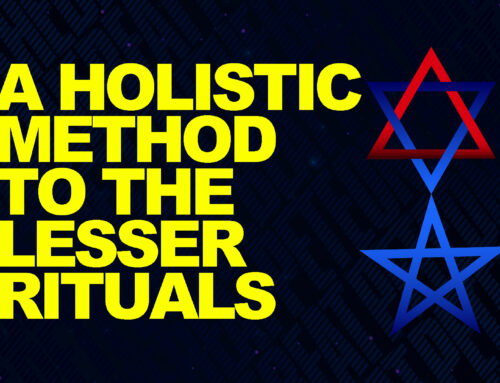Introduction
Around a month ago, I published a video introducing the tree of life and dealing with its pillars. A bit later, that was followed by another focusing on its three triads. Building on those, this examines the last major grouping inside the glyph — the 4 Qabalistic Worlds.
While the pillars depict the balance between opposing forces and the triads planes of existence, the worlds represent the parts or layers of divinity and the human soul. Thus they are not locations in space but levels of consciousness. As mentioned in one of the former videos, these series briefly touch on the examined subjects. Hence, getting a “deeper” grasp requires further researching things on your own.
Attributions
The first to note is that sometimes the worlds are discerned in different ways. One is by attributing them to the three triangles’ system. In that case, the first 3 worlds basically match the triangles. In others, Kether alone or Kether and Chokmah make the first, Binah, the second, and Chessed, Geburah, Tiphereth, Hod, Netzach, and Yesod, always form the third.
While the pillars depict the balance between opposing forces and the triads planes of existence, the worlds represent the parts or layers of divinity and the human soul. Thus they are not locations in space but levels of consciousness. As mentioned in one of the former videos, these series briefly touch on the examined subjects. Hence, getting a “deeper” grasp requires further researching things on your own.
Whatever the case, two things remain the same. (1) Sphere 10 Malkuth always represents the fourth world. (2) The worlds have the same sets of correspondences.
Represented by the tetragrammaton (YHVH), they are mapped to the 4 alchemical elements, the 4 kerubic beasts, the fourfold zodiacal classification, and the 4 suits of the Tarot. Operating in a hierarchy, the topmost rules, that below, which rules the one under to rule the bottommost.
Atziluth
The highest in the hierarchy, the first world, is called Atziluth or that of Emanations. Regarded as the Archetypal, it’s said that it holds the 10 segments of divinity. Its correspondences include the wands of the Tarot and Fire element and triplicity of zodiacal signs. It’s considered that Atziluth is where the male and female aspects of the divine are in perfect unity.
On a macrocosmic level, this is the divine will. Within the human soul, it is Chiah or life force that’s one’s highest part. Entirely abstract, Atziluth comprises archetypes way beyond the grasp of the day-to-day mind. Also seen as the most spiritual segment of a force or subject, Atziluth is colored in red and represented by the Yod of YHVH.
Briah
Right below Atziluth, there’s the world of creation. Called B’ryiah, this is said to be where the archangels dwell and the throne of divinity. The world of B’ryiah corresponds to the water element and zodiacal triplicity and the cups in the Tarot. More tangible than Atzilooth, this world is where ideas are conceived.
Macrocosmically, B’ryiah could be perceived as the heart of the divine. In the human soul, it’s the Neshamah to be one’s high intuition, “deeper” or spiritual super consciousness, and the Self in Jungian terms. Transcending the ego’s daily strives and desires, it’s one’s source of spiritual empowerment and awareness of “true” will. Colored in blue, B’ryiah is attributed to the first He of the tetragrammaton.
Yetzirah
Underneath B’riyah, there’s the World of Yetzirah to be regarded as that of formation. Home of angels carrying divine commands, the formative world corresponds to the Air element and zodiacal triplicity and the swords in the Tarot. This is where everything becomes more specific.
Assigned to one of the spheres, the mentioned angles have particular functions. Yetzirah is referred to as the Deity’s mind’s eye. In terms of the human soul, it is the Ruach to be one’s daily consciousness and domain of the intellect, imagination, conceptualization. More specifically, it holds the central waking ego self of the human personality. Carrying preferences, i.e., likes and dislikes, that’s the part that identifies itself as the “I” and even the total self. Everything that’s of the daily mind is in this world.
Including emotions, thoughts, and feelings, this part needs to perceive us as separate beings to interact with the outer world or objective reality. It governs our relationships with other people, communicating and interplaying with other ruachs. It’s also the parent of the Nephesh to be the realm below. Colored in Yellow, Yetzirah is allotted to Vau in YHVH.
Assiah
Being the bottommost, Assiah is the world of action. It represents the physical reality in which the 4 elements and our daily lives exist. It corresponds to the earth element and zodiacal signs and the Tarot suit of Disks or Pentacles. The place where manifestation occurs, Assiah, is formed through the 3 higher worlds’ crystallization and distortion.
Assigned to one of the spheres, the mentioned angles have particular functions. Yetzirah is referred to as the Deity’s mind’s eye. In terms of the human soul, it is the Ruach to be one’s daily consciousness and domain of the intellect, imagination, conceptualization. More specifically, it holds the central waking ego self of the human personality. Carrying preferences, i.e., likes and dislikes, that’s the part that identifies itself as the “I” and even the total self. Everything that’s of the daily mind is in this world.
Besides the material world, Assiah is the nephesh part of one’s soul. Being one’s animal soul and child self, the nephesh includes all basic instincts like sex, food, etc. Also, the autonomic nervous system and the astral body.
In Jungian terms, the nephesh corresponds to the personal unconscious carrying unconscious contents unique to the person. Colored in green, the world of Assiah is allotted to the second and final “He” of the tetragrammaton.
Emanations
After covering all 4 comes time for what likely is the most fun part of this concept. That’s the fact that each of these planes is a tree, containing its own sephiroth and worlds.
Identically, within each sephira, there’s also a full-fledged tree having just that. While through this, the entire glyph explains everything by including and being connected with all others, each of its parts does the same, showing how everything contains everything else.
After covering all 4 comes time for what likely is the most fun part of this concept. That’s the fact that each of these planes is a tree, containing its own sephiroth and worlds.
This is best expressed in the Tarot system. But that is a subject calling for a different post…
- The Power of Mindfulness Meditation - May 1, 2024
- An Autobiography of Trauma Book Review - April 23, 2024
- Reflections on Being a Polymath - April 12, 2024
